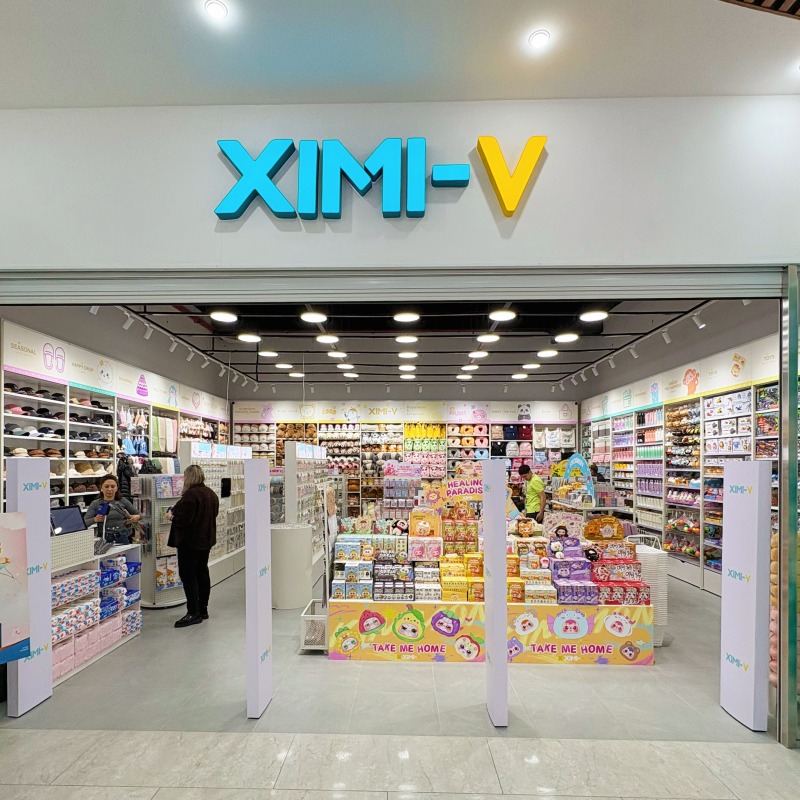XIMIVOGUE Tips on Retailers Adapting to Changing Consumer Behavior
Author: Celia| Keywords chosen by Celia
In a rapidly evolving global marketplace, consumer trends are becoming increasingly complex and multifaceted.
Understanding your customers and their purchasing motivations is key to growing your business. As a retailer, your ability to adapt to this new environment will determine whether you can attract new customers and retain existing ones.
Whether you're a small local retail store or a large retail chain, here are some strategies you can use to adapt to consumer behavior and needs while staying ahead of the competition.
Strategies for adapting to changing customer behavior
1. Transform your perspective on consumers
As consumers and their shopping preferences continue to change, retailers need to think differently about modern consumer engagement and overhaul the traditional strategies they've relied on in the past.
Analyzing data and trends can help retail businesses identify shifts in consumer preferences, buying patterns, and communication channels.
Survey your customer base regularly and consider how you can incorporate their responses into your overall strategy. Also, pay close attention to major trends in your industry to stay ahead of the curve.

2. Enhance consumer experience
Shoppers have so many choices, so delivering the right experience is crucial to customer loyalty.
The retail stores of the future will not only require a change of format but will also evolve to create new in-store shopping experiences that better serve customers.
Retailers can capitalize on this trend by creating immersive experiences, such as in-store events, pop-up shops, and interactive displays. These experiences will engage customers, encouraging them to spend more time in-store and increasing the likelihood of making a purchase.

3. Use new technologies
Technology plays a key role in shaping consumer behavior.
By harnessing the power of artificial intelligence, businesses can improve customer engagement, customize product offerings to individual preferences, and create highly personalized and targeted shopping experiences.
Retailers need to be aware of the limitations of technology and its impact on people and processes.

4. Focus on omni-channel retailing
An effective strategy for retailers is omnichannel retail, where online and offline sales channels are integrated to provide customers with a seamless shopping experience.
Maintaining a consistent brand voice and messaging across all channels allows retail businesses to engage with consumers across multiple touchpoints and provide a consistent brand experience.
XIMIVOGUE advises retailers to focus on finding inventory and forecasting demand more efficiently to meet the challenges of the evolving retail industry.

5. Provide personalized service
Personalization is also becoming the new normal in retail.
By leveraging data and technology, retail brands can deliver personalized messages and experiences that resonate with their audience.
For example, retail brands can use customer segmentation and behavioral tracking to send targeted emails or show personalized ads based on consumers' interests and past interactions.

6. Focus on convenience
Another trend retailers need to keep an eye on is convenience. With busy schedules and limited time, customers are looking for retailers that make their shopping experience easy.
The "buy online, pick up in store" model has become popular recently, giving customers the convenience of ordering from home and the same instant gratification they get when shopping in person.


 XIMIVOGUE Opened a New Store in Syria
XIMIVOGUE Opened a New Store in Syria
 XIMI-V New Store in Kokshetau Kazakhstan
XIMI-V New Store in Kokshetau Kazakhstan
 XIMIVOGUE Dopamine Hair Clips To Add Some Colors This Winter
XIMIVOGUE Dopamine Hair Clips To Add Some Colors This Winter
 Enjoy Timeless Fun with XIMIVOGUE Pull Back Alloy Car Toy Collection
Enjoy Timeless Fun with XIMIVOGUE Pull Back Alloy Car Toy Collection
 Glow Up Your Massage Hair Brush with XIMIVOGUE Cute Decorations
Glow Up Your Massage Hair Brush with XIMIVOGUE Cute Decorations




